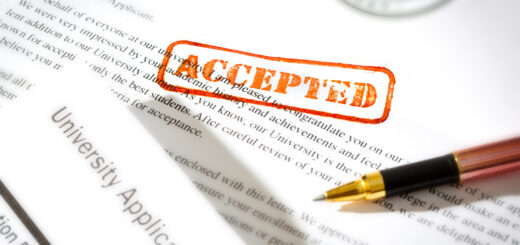An overview of the Education system in Australia
In addition to its beautiful landscapes, varied wildlife, and vibrant culture, Australia is well-known for its world-class educational system. Equity, quality, and innovation are the guiding principles of the Australian educational system, which provides students with a wide range of opportunities to prepare them for success in a globalized world. Early childhood education is typically the first step in the education process in Australia. The foundation for lifelong learning is laid in preschool or kindergarten, which is programs for children, aged 3-5. These early years center on building essential education, numeracy, and interactive abilities.

In Australia, primary education begins at age 5 or 6 and lasts six to seven years. English, mathematics, sciences, humanities and social sciences, the arts, technologies, health and physical education, and languages are all covered in this well-rounded curriculum. The goal is to teach kids how to think critically, be creative, and solve problems. Optional instruction go on from year 7 to year 12, separated into lower auxiliary (years 7-10) and senior optional (years 11 and 12). Students have a variety of options during their senior year of high school. They have the option of choosing a course that will prepare them for tertiary education or vocational education and training (VET) programs, which will align their education with career paths in the future. Universities in Australia are well-known all over the world for their inventiveness and research. They provide a wide range of programs for undergraduates, postgraduates, and doctoral students and consistently rank among the best institutions worldwide. Professional Schooling and Preparing (VET) and Specialized and Further Instruction (TAFE) are additionally fundamental parts of the framework, giving commonsense abilities and working environment preparing for different enterprises.
The Australian Qualifications Framework
The Australian Qualifications Framework (AQF), an integrated policy that covers qualifications from secondary school all the way up to higher education, is one distinctive feature of the Australian education system. This advances cross country consistency and adaptable learning pathways, and guarantees the nature of Australian capabilities. The government agencies that regulate and supervise the education sector in Australia demonstrate the country’s dedication to education quality and standards. Key examples include the Tertiary Education Quality and Standards Agency (TEQSA) and the Australian Curriculum, Assessment and Reporting Authority (ACARA), both of which are accountable for ensuring high standards in higher education. Inclusivity is one more mainstay of the Australian school system. Students from disadvantaged socioeconomic backgrounds, Indigenous students, students with disabilities, and students from a variety of cultural and linguistic backgrounds are heavily supported. To lessen the gap and make sure that everyone has equal access to high-quality education, numerous programs and strategies are put into place. Additionally, Australia is a well-liked destination for international education. Australia’s multicultural and welcoming environment draws students from all over the world in addition to its high-quality educational establishments.
In conclusion, the Australian educational system, with its emphasis on holistic development, quality, inclusivity, and innovation, provides students with the adaptability and resilience necessary to thrive in a rapidly changing world in addition to academic skills. Whether you are a resident of Australia or an international student considering Australia as a study location, the educational system there is dedicated to excellence.



